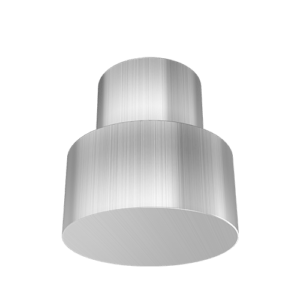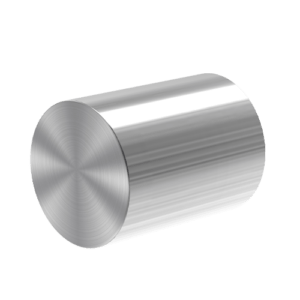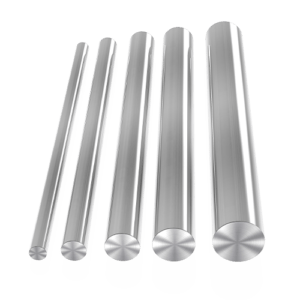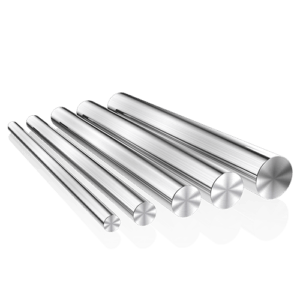Welcome to My Blog!
Before we dive into the content, I’d love for you to join me on my social media platforms where I share more insights, engage with the community, and post updates. Here’s how you can connect with me:
Facebook:https://www.facebook.com/profile.php?id=100090063158454
Now, let’s get started on our journey together. I hope you find the content here insightful, engaging, and valuable.
Table of Contents
Introduction

When it comes to choosing materials for manufacturing or industrial applications, steel types such as 410 and 304 stainless steel are common choices. Both offer unique properties, but understanding the key differences between 410 vs 304 stainless steel is essential for making the right decision. This article explores the characteristics, advantages, and disadvantages of these two steel types to help you determine which one suits your needs best.
Composition and Structure of 410 vs 304 Stainless Steel
The composition of 410 vs 304 stainless steel plays a crucial role in defining their properties and performance. While both belong to the family of stainless steels, they differ in terms of their chemical makeup.
- Steel 410: This is a martensitic stainless steel that contains higher levels of carbon and chromium, which provide excellent hardness and wear resistance. It is commonly used in applications where corrosion resistance is not the primary concern but strength and durability are essential.
- Steel 304: Austenitic in nature, 304 stainless steel contains a higher percentage of nickel, which enhances its corrosion resistance. It is widely used in environments where rust and corrosion are significant concerns, such as in food processing and marine applications.
Key Mechanical Properties of 410 vs 304 Stainless Steel

Understanding the mechanical properties of 410 vs 304 stainless steel is essential to determine the right material for a specific application. These properties include strength, hardness, ductility, and resistance to wear.
- Steel 410: Known for its high strength, 410 stainless steel can be hardened through heat treatment, making it ideal for applications that require wear resistance. However, it is more prone to corrosion than 304 stainless steel, especially in aggressive environments.
- Steel 304: With its superior resistance to corrosion and oxidation, 304 stainless steel is a more versatile material. It is non-magnetic and has excellent weldability, which makes it suitable for various industries, including food processing, medical, and architecture.
Corrosion Resistance: Steel 410 vs 304 Stainless Steel
Corrosion resistance is one of the primary factors to consider when comparing 410 vs 304 stainless steel. Stainless steels are generally resistant to rust, but some grades perform better than others in specific environments.
- Steel 410: While resistant to mild corrosion, steel 410 is not as corrosion-resistant as 304 stainless steel, especially in high-chloride environments. Its performance in outdoor or marine conditions can be subpar unless it is properly treated.
- Steel 304: The higher nickel content in 304 stainless steel provides excellent resistance to corrosion, making it ideal for applications where exposure to moisture or chemicals is a concern.
Cost Comparison: Steel 410 vs 304 Stainless Steel

Cost is another important consideration when comparing 410 vs 304 stainless steel. The price difference between these two materials can influence your decision depending on the application.
- Steel 410: Generally, steel 410 is more affordable than 304 stainless steel. Its lower nickel content makes it a cost-effective option for applications where corrosion resistance is not a top priority.
- Steel 304: While 304 stainless steel tends to be more expensive due to its higher nickel content, it offers long-term savings in environments that demand high resistance to rust and corrosion.
Table: Key Properties of Steel 410 and 304 Stainless Steel
| Property | Steel 410 | Steel 304 |
|---|---|---|
| Composition | Carbon, Chromium, Iron | Nickel, Chromium, Iron |
| Hardness | High, heat treatable | Low to medium |
| Corrosion Resistance | Moderate | High |
| Strength | High, especially after hardening | Moderate |
| Price | Lower | Higher |
Conclusion

Steel 410 vs 304 Stainless Steel: Key differences offer distinct advantages, but the best choice depends on your specific requirements. If you need high strength and wear resistance without focusing heavily on corrosion, Steel 410 vs 304 Stainless Steel: Key properties show that steel 410 is a great option. On the other hand, if corrosion resistance is a priority and you need a versatile material that can withstand harsh environments, Steel 410 vs 304 Stainless Steel: Key factors indicate that 304 stainless steel is likely the better choice.
FAQ
Is 410 stainless steel rust-resistant?
While 410 stainless steel has some corrosion resistance, it is not as resistant as 304 stainless steel. It may rust in aggressive environments unless it is properly treated.
What is the main difference between steel 410 and 304 stainless steel?
The main difference lies in the composition: steel 410 is martensitic and contains more carbon for strength, while 304 stainless steel is austenitic and contains more nickel for enhanced corrosion resistance.
Can steel 410 be used in food processing applications?
Steel 410 is not typically used in food processing because it is not as corrosion-resistant as 304 stainless steel, which is more commonly found in these applications due to its superior resistance to rust.
Is 304 stainless steel more expensive than 410?
Yes, 304 stainless steel tends to be more expensive due to its higher nickel content, which contributes to its superior corrosion resistance.
Can steel 410 be heat treated for higher hardness?
Yes, steel 410 can be heat-treated to increase its hardness, making it suitable for applications where wear resistance is a critical factor.
